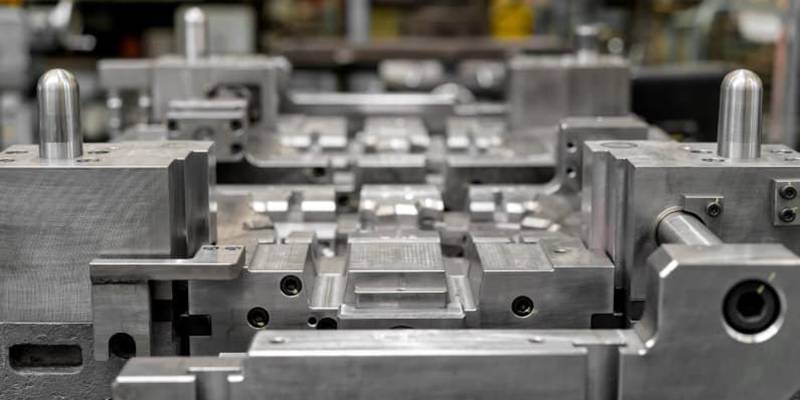
An aluminum casting is a lightweight component made from aluminum and/or other materials using the aluminum casting process. It is an essential part of industries that require aluminum's durability, strength and lightness, as well as its compatibility with complex product designs.
There are several aluminum casting processes, each with a unique configuration and different requirements. Therefore, they are responsible for casting aluminum parts with different properties. In this article you will learn more about aluminum casting and how to choose the right process for your project.
Get a free quote!
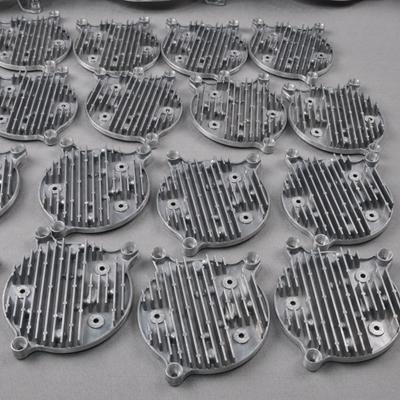
What is cast aluminum?
Cast aluminum is a term that refers to a part made from aluminum and/or other metals using one of several casting processes. In general, most aluminum casting processes involve heating aluminum (and other metals) and casting them into molten form in a mold prepared with the desired product design. The molten aluminum then cools, solidifies and takes the shape of the cavity.
Cast aluminum has the properties of aluminum and other metals. Furthermore, it develops an external aluminum oxide coating that prevents corrosion and is more resistant than traditional aluminum material.
Cast Aluminum vs. cast iron
Cast iron is similar to cast aluminum. However, they differ in terms of base material and inherent properties. Below are some comparisons between the two materials:

– Weight : Cast aluminum is lighter than cast iron without sacrificing strength and durability.
– Dimensional tolerance : Cast aluminum has better dimensional tolerance than cast iron due to the softness of the aluminum material compared to iron.
– Precision and accuracy : Aluminum is softer than iron, which improves machinability, precision and accuracy.
– Thermal resistance : Cast aluminum has a greater thermal capacity than cast iron. Therefore, it heats up and loses heat faster than cast iron.
Cast Aluminum vs. forged aluminum
Cast aluminum has a higher carbon content than forged aluminum. Consequently, it is more resistant and has better mechanical properties. Here are the three important differences between the two materials.
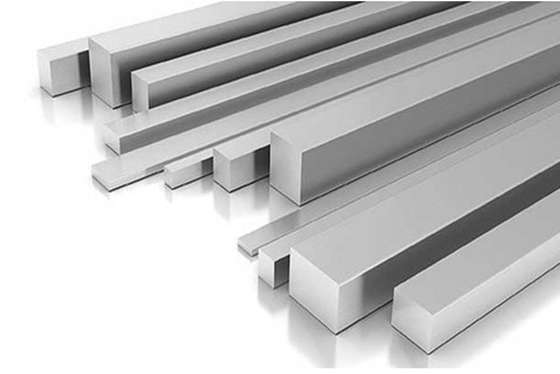
– Different product shapes : On the one hand, forged aluminum is commonly used for CNC aluminum machining or aluminum extrusion. Therefore, it is in the form of a plate or bar. On the other hand, aluminum casting has a fixed shape, which is formed based on the shape of the billet or the final product.
– Various alloying elements : Both materials can have the same alloying elements. However, they differ in composition and quantity. Cast aluminum parts, for example, have a higher silicon content. Consequently, they have better fluidity.
– Different product properties : Cast iron aluminum is the stronger of the two parts. In contrast, forged aluminum has higher tensile strength, is machinable and has good dimensional accuracy.
Various aluminum casting processes
There are three main processes for aluminum smelting. The procedures and their special features are listed below.
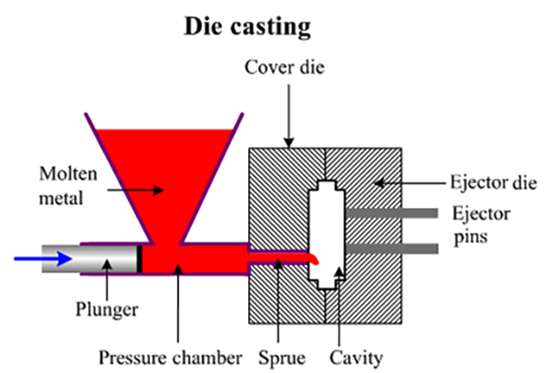
1. Die casting
Die casting is the most popular aluminum casting process for casting aluminum parts. There are two processes: low pressure casting and high pressure casting, the latter being the most suitable for the material.
During pressure casting, aluminum is preheated and injected under high pressure into a mold designed for the desired product. After cooling, the cast aluminum part is removed from the mold and the cycle is repeated after the mold has cooled.
One of the advantages of pressure casting is that molten aluminum has excellent electrical and thermal conductivity. Furthermore, it is robust and resistant to corrosion, wear and heat.
Cast aluminum parts are used for mass production of parts in the kitchen, aerospace and medical industries.

2. Sand casting
Sand casting is the most commonly used casting process in manufacturing. It is applicable here due to the ability of sand to withstand high temperatures.
This process involves making a sand mold. The aluminum material is then heated and the molten aluminum is poured into the sand mold. After cooling, the cast aluminum part is removed.
Sand-cast aluminum has low dimensional accuracy and rough surface finish. Therefore, post-processing options like cropping are mostly necessary. The aluminum casting process is used to produce aluminum gears, accessories, gas and oil tanks, etc.

3. Permanent mold casting
Gravity casting is similar to pressure casting. However, the difference between the processes lies in the aluminum injection mechanism into the mold. Unlike pressure casting, gravity casting uses gravity rather than high or low pressure to fill the mold. This reduces turbulence during the injection process.
The aluminum castings produced by this process are more stable, have a good surface finish and high dimensional accuracy. The process is used to produce aluminum parts in the automotive and aeronautical sectors.
How to choose the right aluminum casting process?
Every casting process has its advantages and disadvantages. To choose the right process for your project, consider the following factors:

Project complexity
The complexity of the final product design influences the choice of casting process. Large and complicated aluminum castings are mainly made using the sand casting process, which is preferred for products with complex designs. For dimensionally accurate aluminum castings, permanent mold castings are the best choice.
Production speed
Die casting uses a pressure injection process. Therefore, it is suitable for mass production of aluminum parts. The sand casting process is next in terms of speed, the last is the cold casting process.
Lots
Pressure casting is the most suitable method for producing many aluminum castings. However, to achieve a balance between high volume and tooling, sand casting and cold casting are better choices.
Develop prototype
Due to low investment costs, sand casting is the most suitable method for producing prototypes. The other processes require high investment costs and are therefore unsuitable because only a few parts are needed to produce the prototype.
Resistance and surface finish
Gravity casting offers the best relationship between strength and good surface quality. However, sand casting and pressure casting have comparable strength, with pressure casting having a better surface finish.
Optional surface treatments for aluminum castings
Finishing processes can serve aesthetic or functional purposes. Below are some finishing processes you might consider.
Powder coating
Powder coating is a dry finishing process in which dry powder is applied to aluminum. Through application, cast aluminum becomes more durable and has better corrosion resistance.
painting
This is a popular aesthetic finishing process. However, it can also serve a functional purpose. A layer of paint is applied to the aluminum part. First the material is cleaned and sanded. Then, a self-etching primer and color layer are applied and optionally an additional protective layer with enamel sealing. Painting can add color to the material or improve its corrosion resistance.
Electroplating
Electroplating involves coating a material with a thin layer of another material. This process works through electrolysis. An electrode is used to pass an electrical current through a current-conducting solution (electrolyte). For example, if you want to coat molten aluminum, you need a copper-based electrolyte and a copper anode, with the molten aluminum serving as the cathode. The copper in the coating comes from the copper solution, which is replaced by the copper anode. This process provides aesthetics and protection to the aluminum casting.
Anodizing
Anodizing is an electrochemical process that converts the surface of aluminum castings into a long-lasting, highly corrosion-resistant anodic oxide layer. The aluminum casting is immersed in a container containing sulfur or chromic acid electrolyte (depending on the type) while an electric current passes through the medium.
Advantages of cast aluminum
Cast aluminum parts have advantages over other materials. Therefore, they are an important component in many industries. Below are some reasons why you should consider using them.
Fine surface quality
They have a smooth, silvery appearance. Therefore, no expensive surface finishing is required. Furthermore, their excellent surface finish makes them suitable for common household products such as kitchen utensils.
Complex shapes
The three common industrial aluminum casting processes make it possible to efficiently cast aluminum into any shape. Therefore, it is easier for manufacturers to produce parts with complex geometries and precise dimensions.
Lightweight components
Cast aluminum parts are lightweight without sacrificing strength, durability and other mechanical properties. Therefore, they are suitable for producing parts that need to be light but resistant. The automotive industry, for example, often uses aluminum castings to reduce fuel consumption.
Common Cast Aluminum Applications
Due to its excellent physical and chemical properties, cast aluminum is used in many important industries. Here are some common uses for the material.
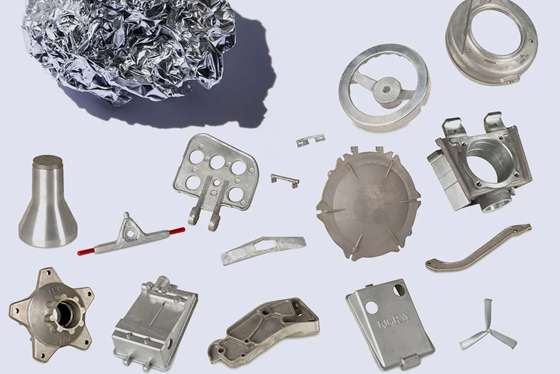
1. Medical industry
Medical parts manufacturers rely on aluminum castings to produce prosthetics, surgical trays, etc. because they are strong and lightweight. Furthermore, the process is well suited to producing the complex and precise shapes that the industry is known for. Additionally, aluminum's corrosion resistance makes it the right material to use since many medical devices come into contact with bodily fluids.
2. Automotive industry
Automotive parts manufacturers rely on aluminum castings because they are lightweight without sacrificing strength and durability. This improves fuel efficiency. Furthermore, it is easier to produce complexly shaped automotive parts using the aluminum casting process. Aluminum castings are suitable for manufacturing parts such as brakes and steering wheels.
3. Culinary industry
Cast aluminum is useful in the kitchen industry because of its durability, corrosion resistance, light weight, and excellent heat conduction. Furthermore, the material is suitable for making cookware due to its excellent heat dissipation, which means it can heat up and cool down quickly.
4. Aeronautical industry
Aluminum parts are ideal for the aeronautical industry due to their light weight and strength. Due to its low weight, an aircraft consumes less fuel and can carry more weight.
Concluding
Aluminum castings are parts made from aluminum and other materials using one of several casting processes. They are robust, durable, lightweight and are very important in industries such as aviation and automotive.
This article will introduce aluminum casting, its properties, common aluminum casting processes, and how to choose the right process for a project. Do you want to produce precise cast aluminum parts? So let us help you create robust, high-quality products.
Common questions
What is the most accurate aluminum casting process?
The most accurate aluminum casting process is gravity casting. Due to gravity, there is better dimensional tolerance and fewer defects compared to die casting and sand casting.
How many types of aluminum casting processes are there?
There are three types of aluminum casting processes: gravity casting, sand casting and pressure casting.
Is aluminum die casting the same as cast aluminum?
Aluminum castings are manufactured using casting processes such as cold casting, sand casting and pressure casting. However, aluminum castings are manufactured using a high-pressure casting process.

























































